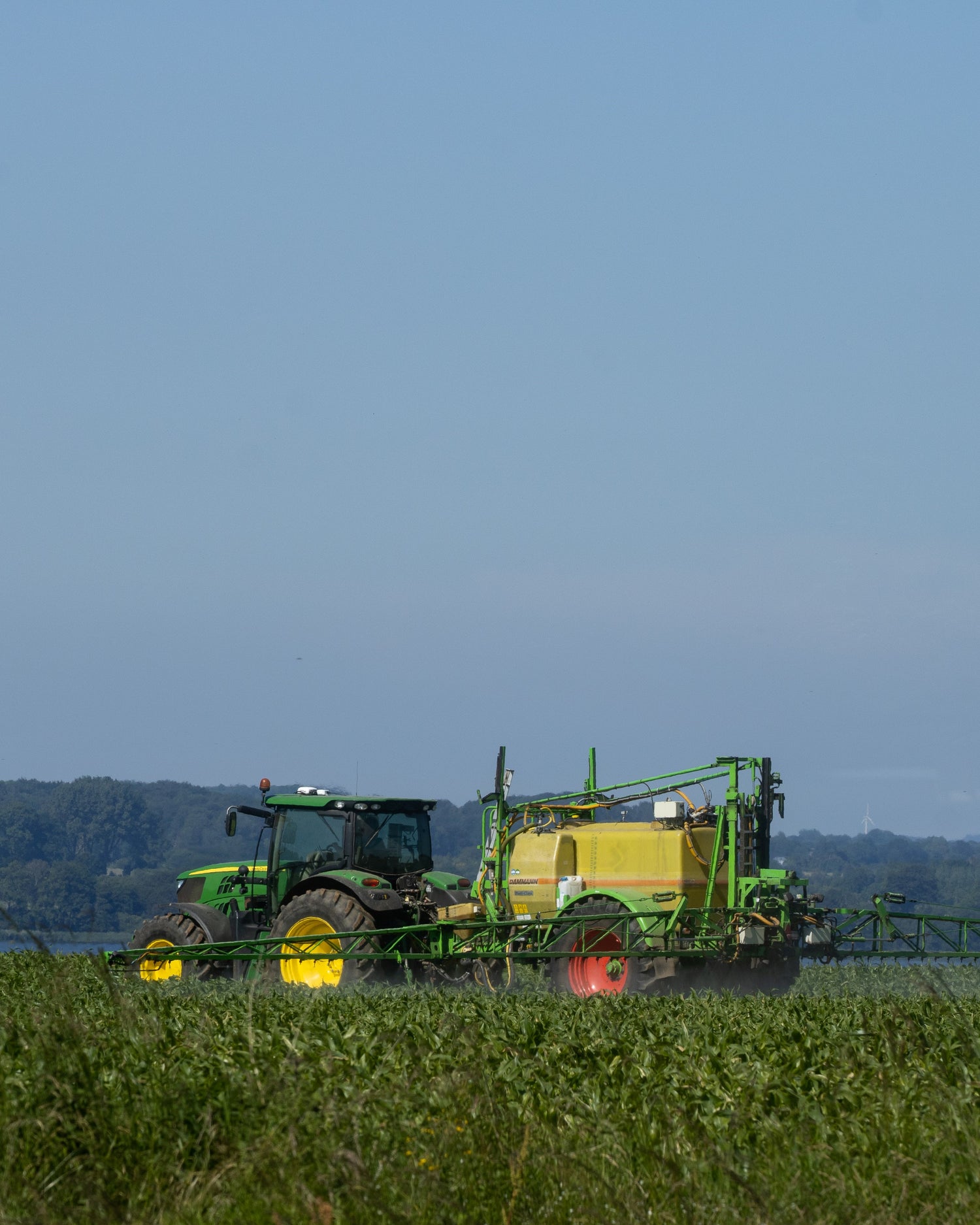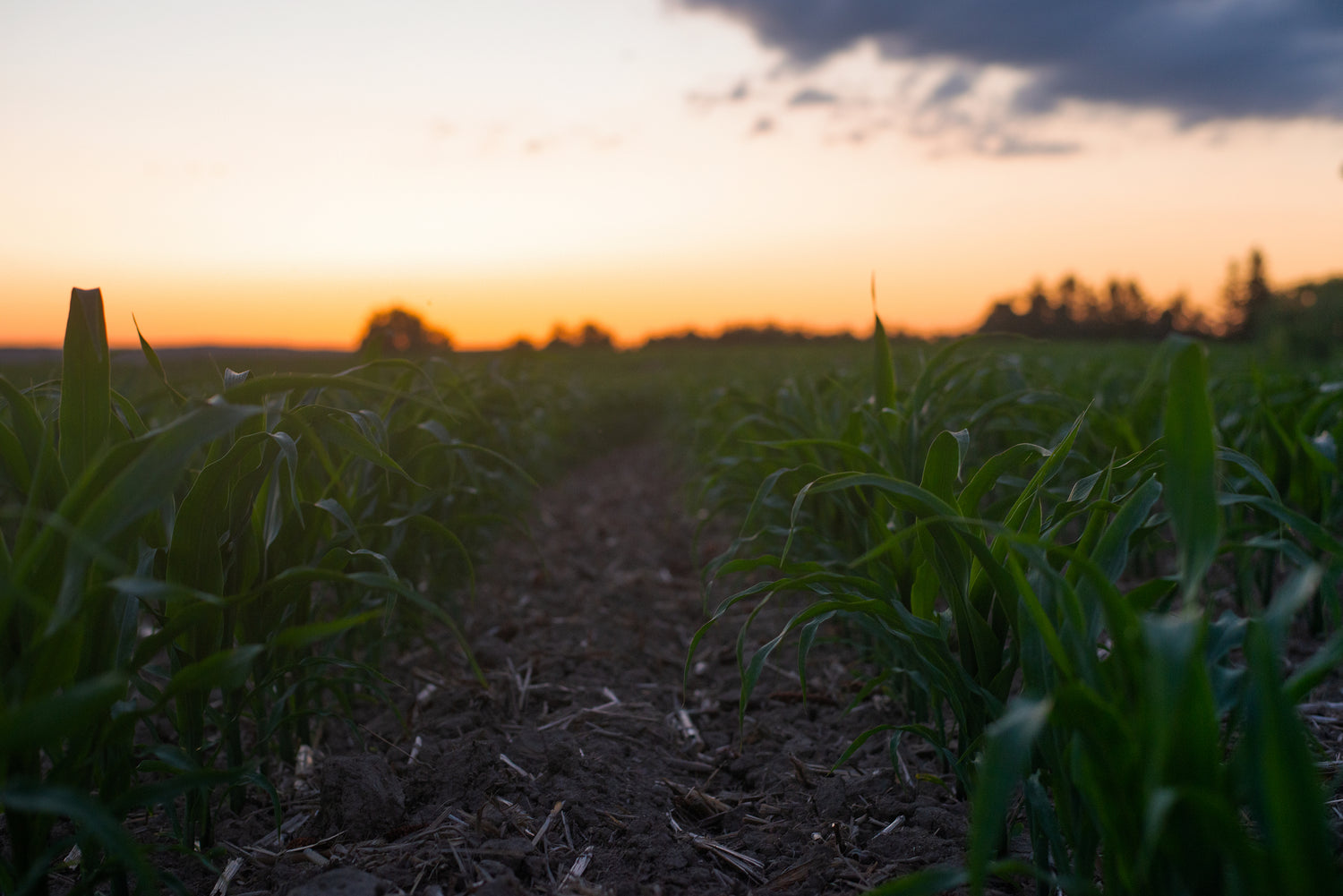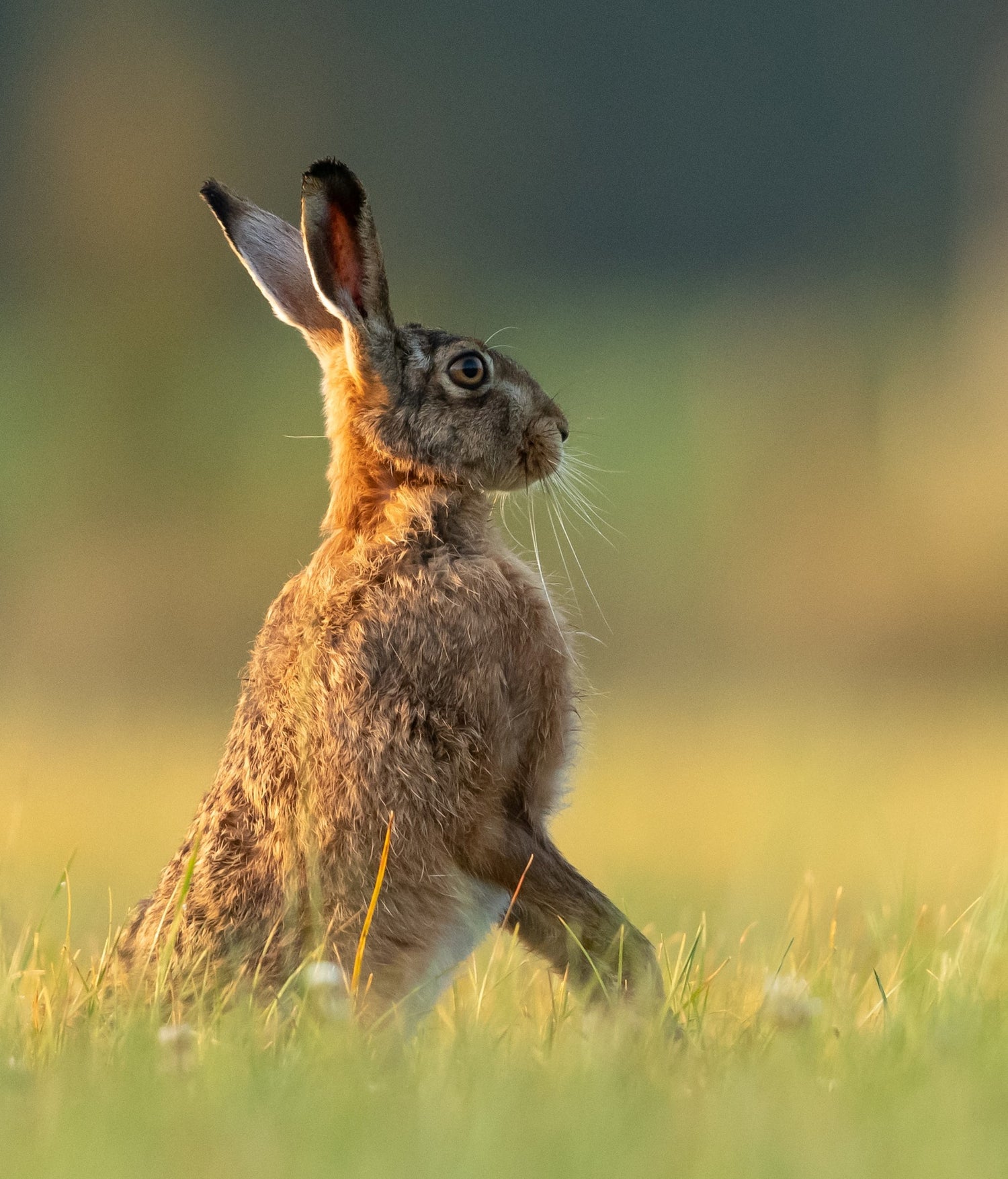
The Industrialisation of Agriculture
Over the past 50 years, global meat consumption has risen dramatically with agriculture subjected to increasing industrialisation, in part fuelled by the use of chemicals and heavy machinery. It is clear that the way meat is produced and consumed in the current commercial system is unsustainable, with detrimental effects on the environment, human health, animal welfare and small-scale farmers. Without knowing how our food travels from field to fork, we lose sight of the true costs of cheap meat.

Soil
Ultimately the soil is front and centre of all that we do here. The modern combination of intensive tilling, lack of cover crops, synthetic fertilizers and pesticide use has left farmland stripped of the nutrients, minerals and microbes that support healthy plant life. Recent research suggests that conventional farming is using topsoil at around ten times the rate that it is being replaced. This means we could only have around 60 years of topsoil left. Without it, the soil’s ability to filter water, absorb carbon and feed people plunges. Not only that, but the food we do grow will probably be lower in vital nutrients.

Regenerative Agriculture
“Regenerative Agriculture” describes farming and grazing practices that aim to reverse climate change, creating resilient ecosystems, by rebuilding soil organic matter and restoring degraded soil biodiversity – resulting in both carbon drawdown and improving the water cycle. In our case, this involves planting deep-rooted plants like Chicory, Sainfoin and Yarrow, to prevent loss of soil through erosion and run-off. We have to be very disciplined and not overgraze our fields. We work on the premise that the cattle should be eating a third, leaving a third and wasting a third as it is trodden into the soil. This, along with the manure that is also trodden in and the organically produced compost we apply, gives nutrients back and increases the levels of organic matter in the soil, improving both its quality and quantity.

Native Breed Cattle
We have native breed cattle, cross-bred to ensure hybrid vigour, that have evolved to finish on grass. This does take longer, as we don’t feed whole grains - hence the name Slow Farming. By using a mixture of grasses, herbs and some root crops, including those you might call weeds – their natural diet – they are able to extract many different nutrients. The more diverse the mixture, the more unique root and leaf forms there are to extract the different minerals, and the greater the nutritional benefit to those consuming the end product, be it beef, pork or eggs.

The Benefits
The benefits, not just to the quality of the beef, pork and eggs we produce, but also environmentally are clear. Hares have returned to the farm, along with Goldfinches, Meadow Brown butterflies and bumblebees. Ultimately, we are just custodians of this little corner of Somerset and it strikes us that this method of agriculture is what farming is truly about – preserving the land in the best heart that you can for generations to come.

